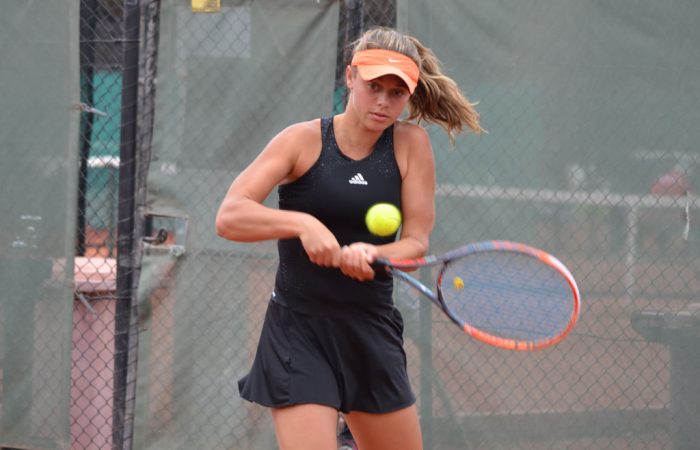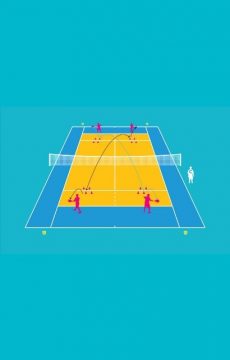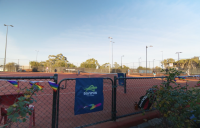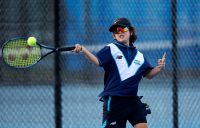21 October 2016 | Tennis Victoria

Country South West Participation Leader Aaron Bosse is also a Junior Development Qualified Coach.
Having a big serve or strong forehand won’t necessarily see you coming away from the court with a win. Sure, having great technique or specific strengths in your game will be advantageous, but it’s not everything.
The technical skill of a player does not always have a direct relationship to how well a player performs in a match. A player may have good technical skills but may not know when or where to use these skills in a game situation. Therefore tactical awareness during a tennis match is an asset for any player to have. For example, a player may have the technical ability to deploy a consistent game plan but may not have the ability to identify when and where to use this in a game scenario.
So what makes a great player you ask? As a player it’s important to build technical and tactical skills together. A great player needs to think and make decisions about meaningful tennis situations. In this edition of Tennis Tips we’re talking about the art of consistency.
So what does a consistent player look like? Consistency is the ability to repeatedly perform a skill the same way. In tennis terms, being consistent is having the ability to keep the ball in the court.
When a player’s tactical focus is consistency it’s important to note that this doesn’t mean you can’t make errors. As a player it’s vital to understand the difference between unforced errors and forced errors.
An unforced error is a mistake made with no applied pressure from your opponent. A forced error is a loss of a point when pressure has been applied from an opponent. A good player should look to reduce the number of unforced errors made and increase the number of forced errors of the opponent.
The net height of a tennis court also has an impact on tactical decision making. According to the International Tennis Federation, the measurement at the net post is a height of 3 ½ feet or 1.07 m. Conversely, the height of the net at the centre measures 3 feet or 0.914 m. Therefore when attempting to be more consistent, you should hit more of your rally balls over the centre of the net. This is a higher percentage shot and why most rallies are played cross the middle of the net as there’s less margin for error.

If you’re interested in being more consistent why not try an activity called ‘Cross-court Battle Cones’ (diagram above). Divide the court into two halves. Both players position cones close to the service line. Players then rally in a cross-court direction attempting to ‘hit’ their opponent’s cones. Each time a player ‘hits’ a cone they take possession of that cone and add it to their cluster of cones. The game is played until one player has taken possession of all their opponents’ cones. Not only does this activity have a tactical focus on consistency, but it also lends itself to practicing the accuracy of aiming in a designated area.
So, the takeaway message: it takes many skills and attributes to be a great player and making tactical decisions like being more consistent could just see you win that next tennis match!




